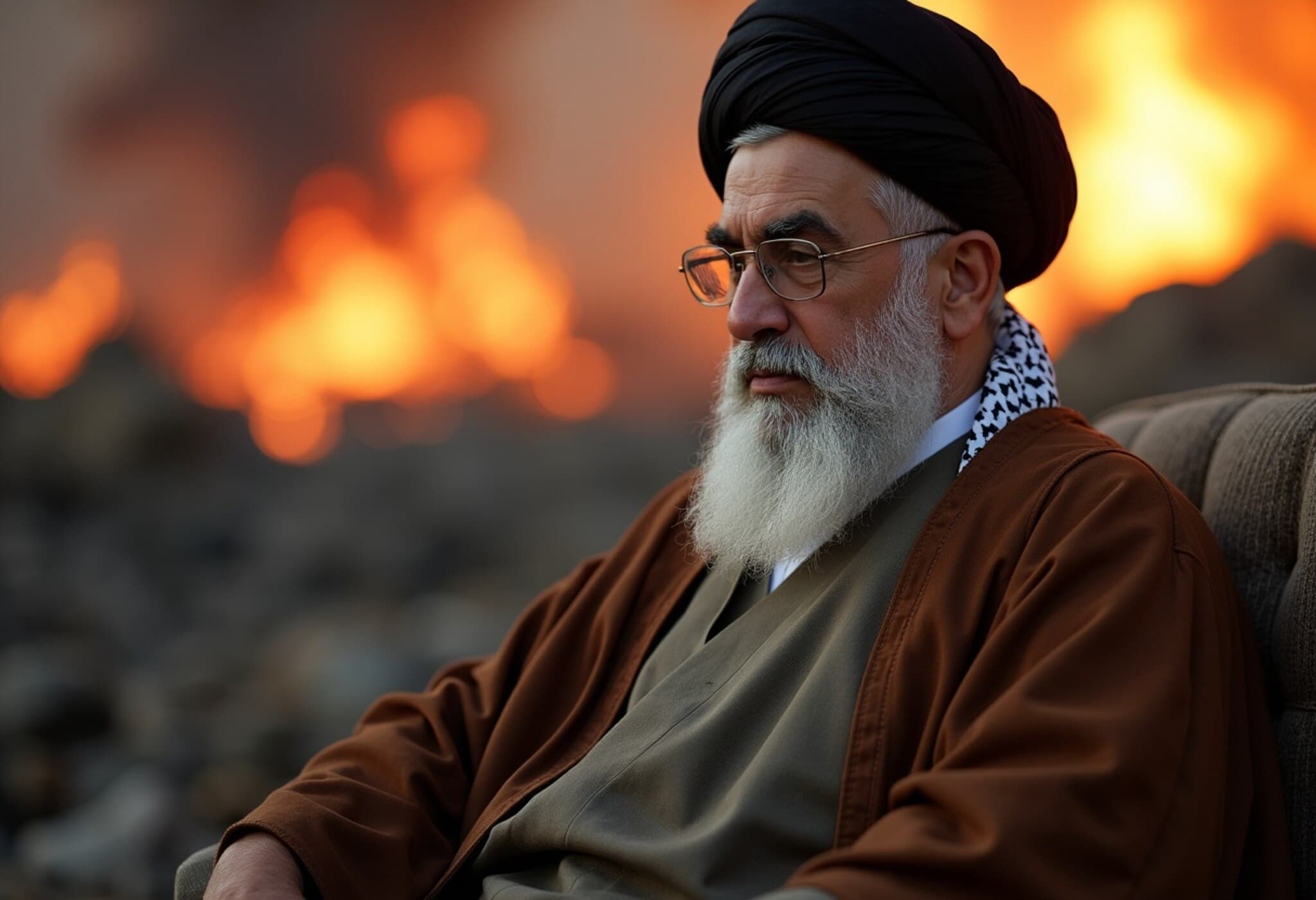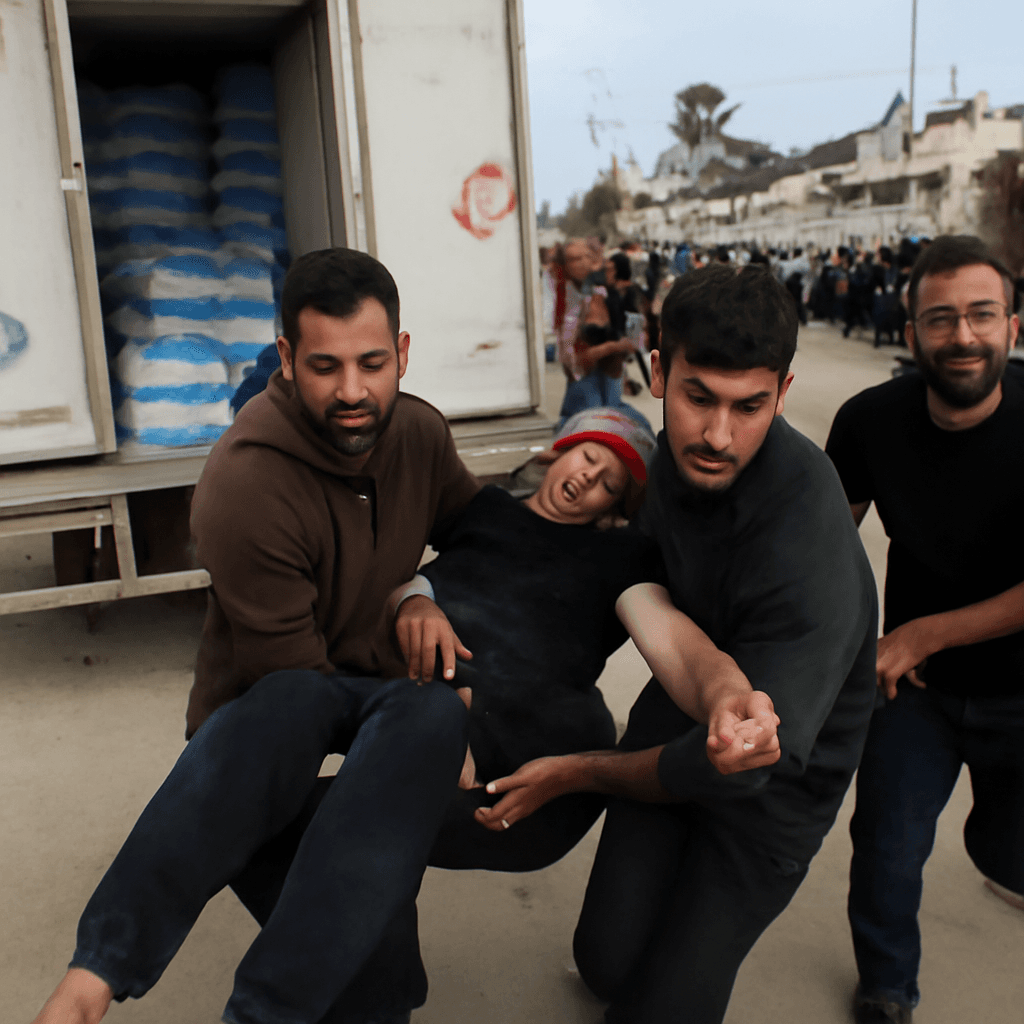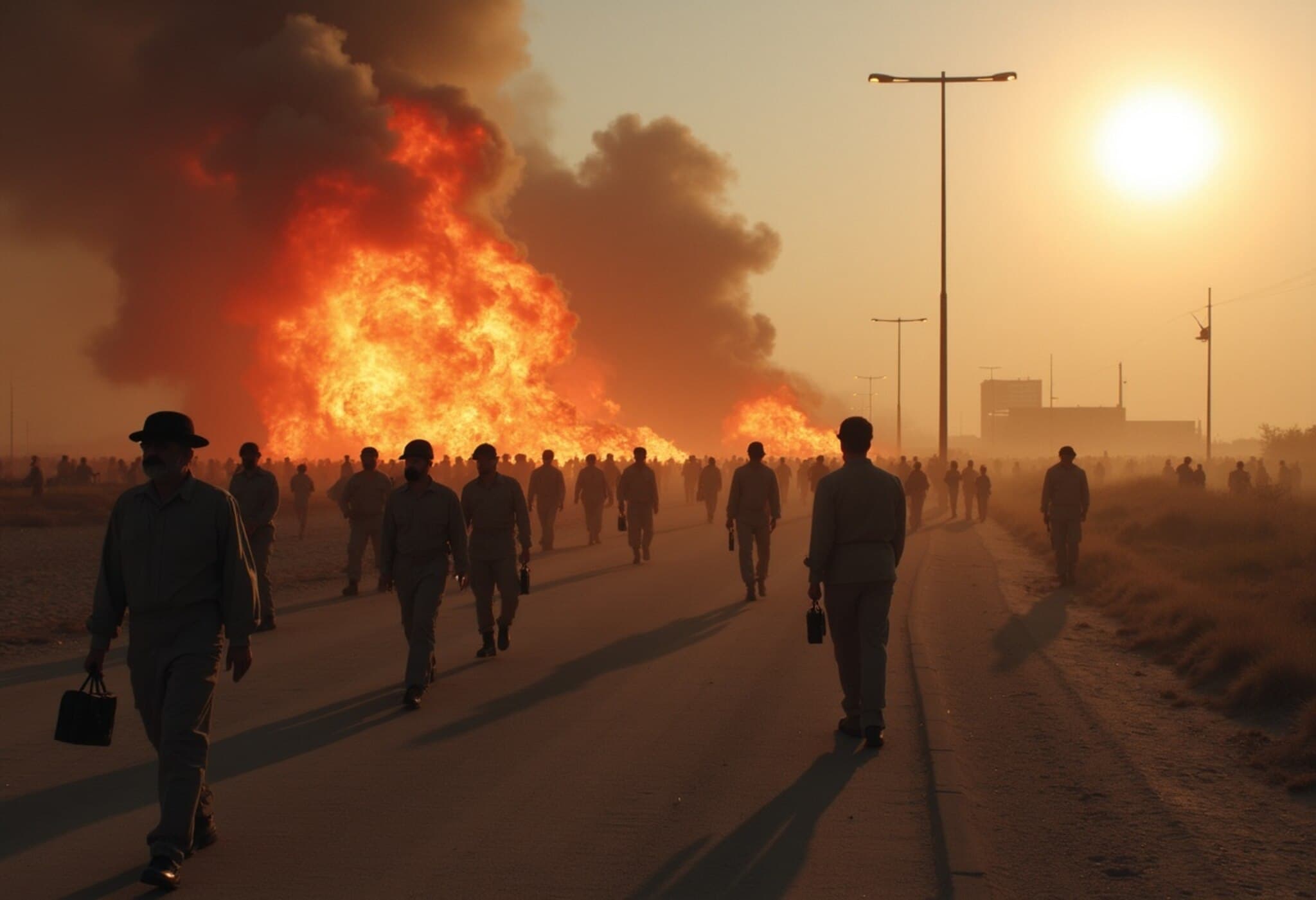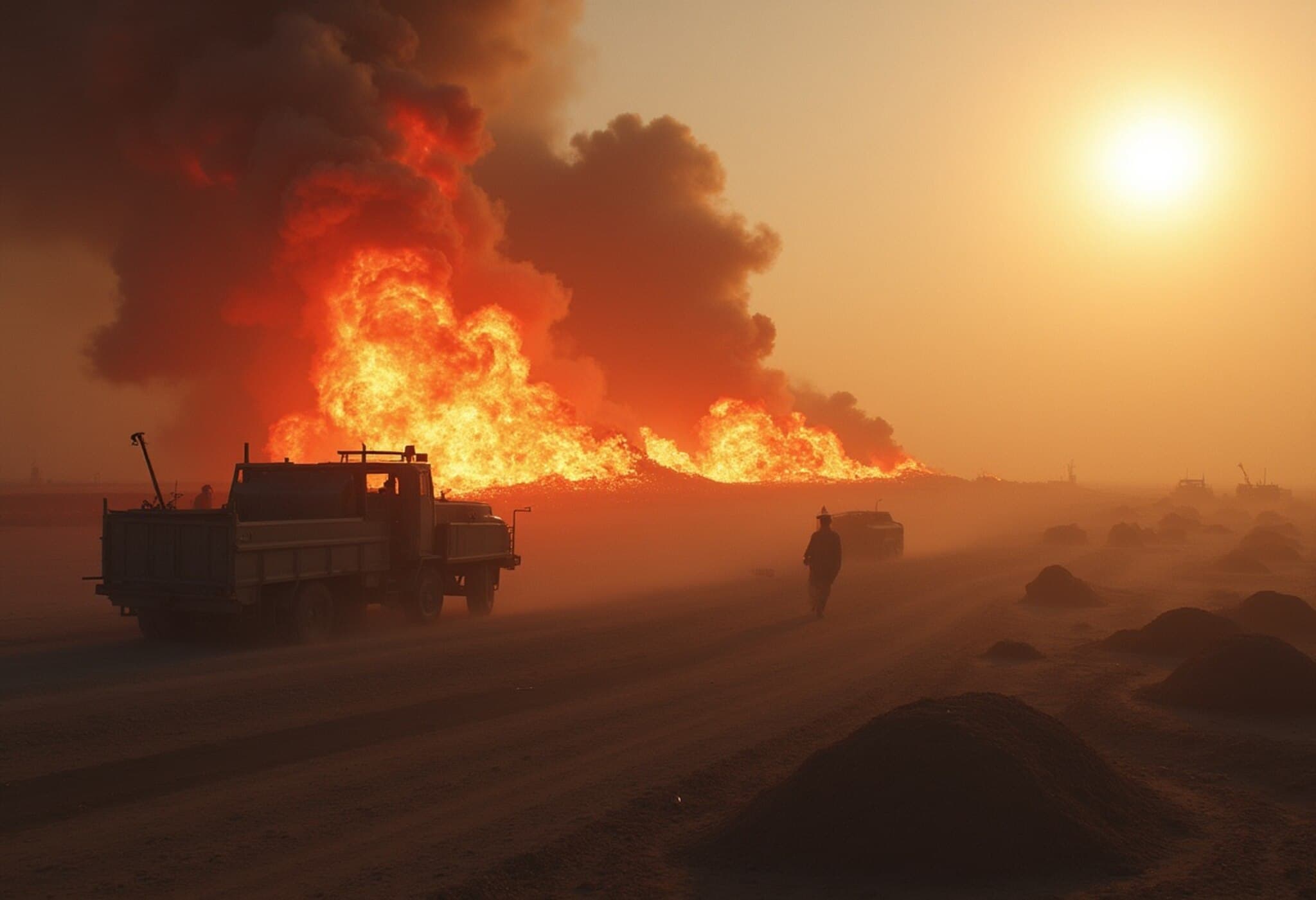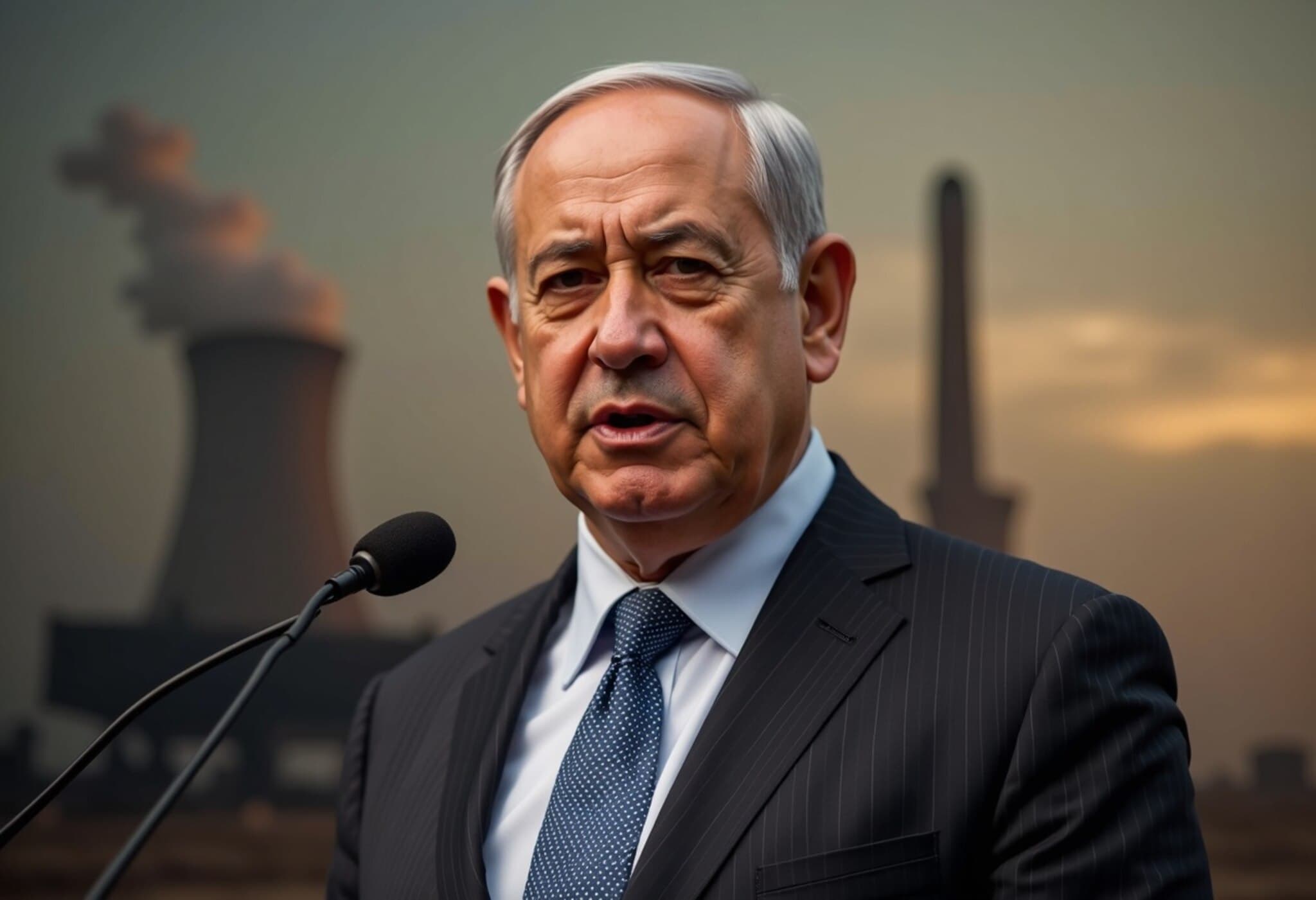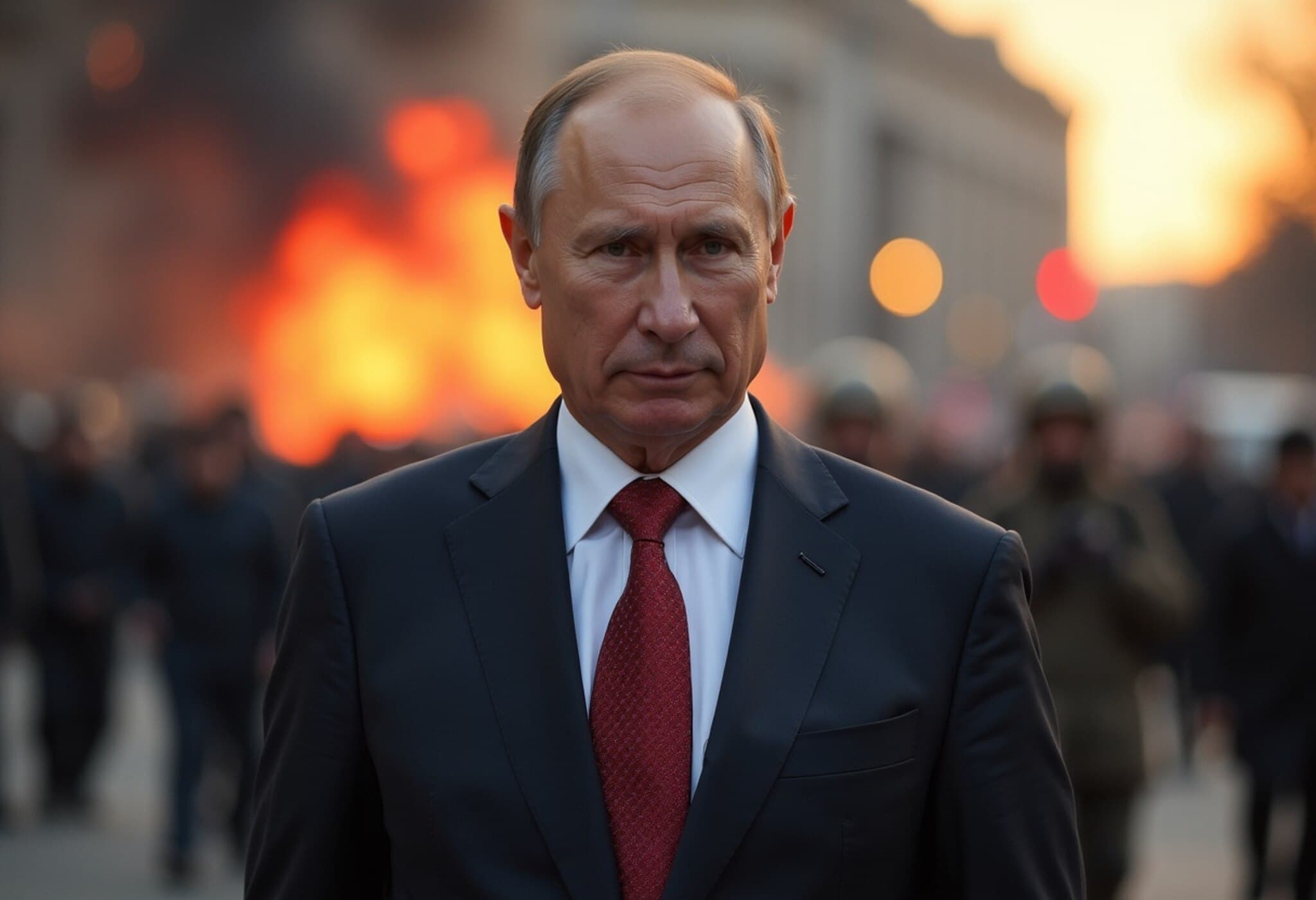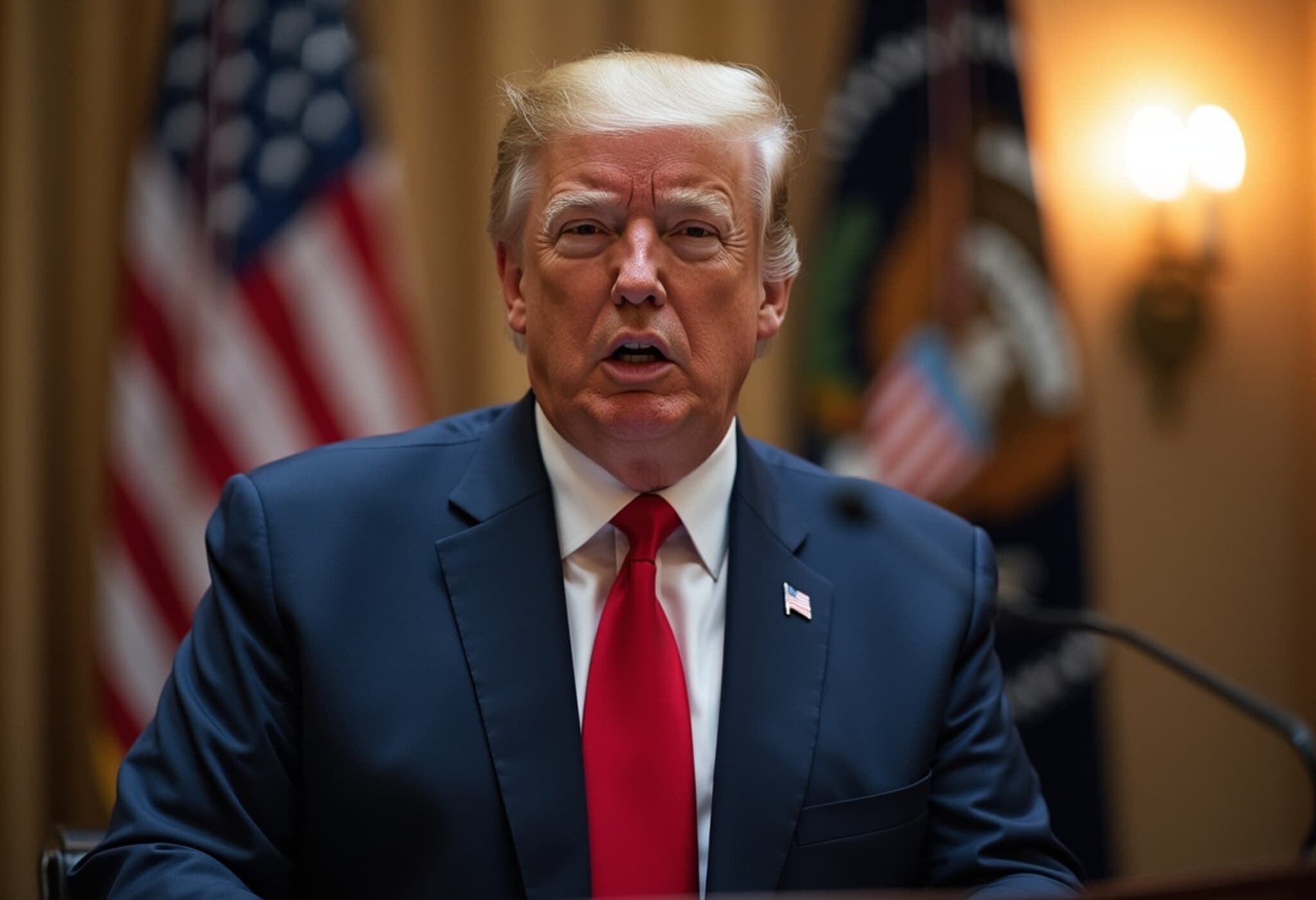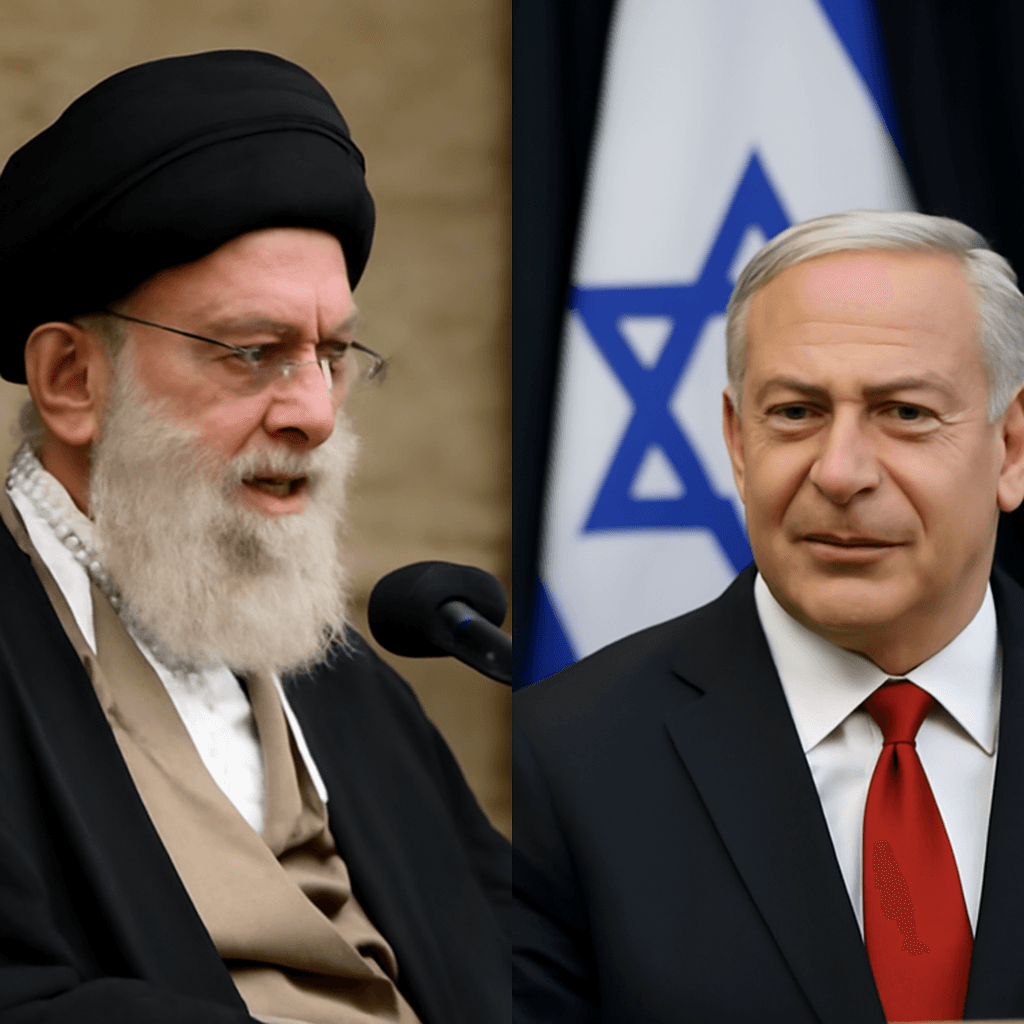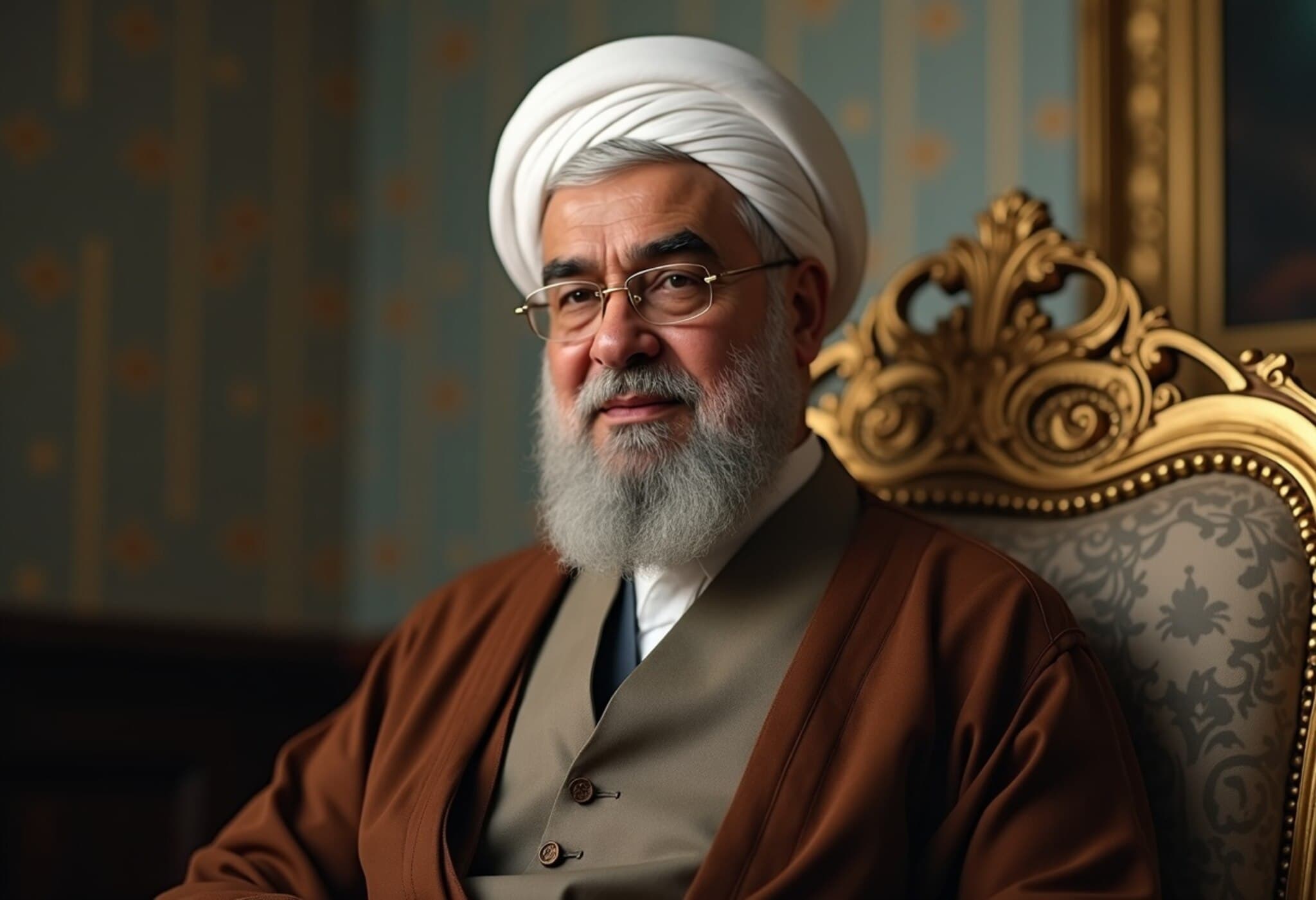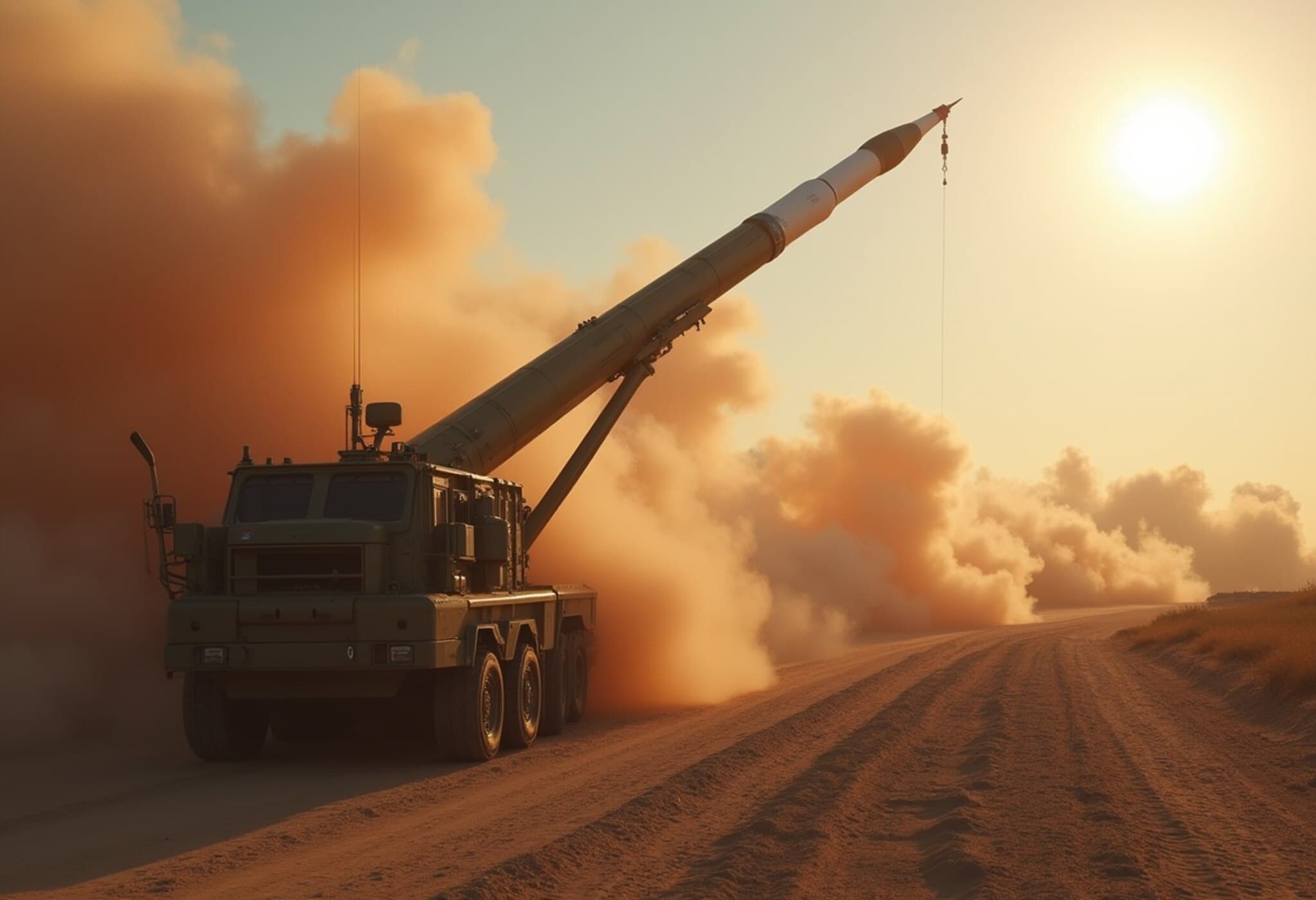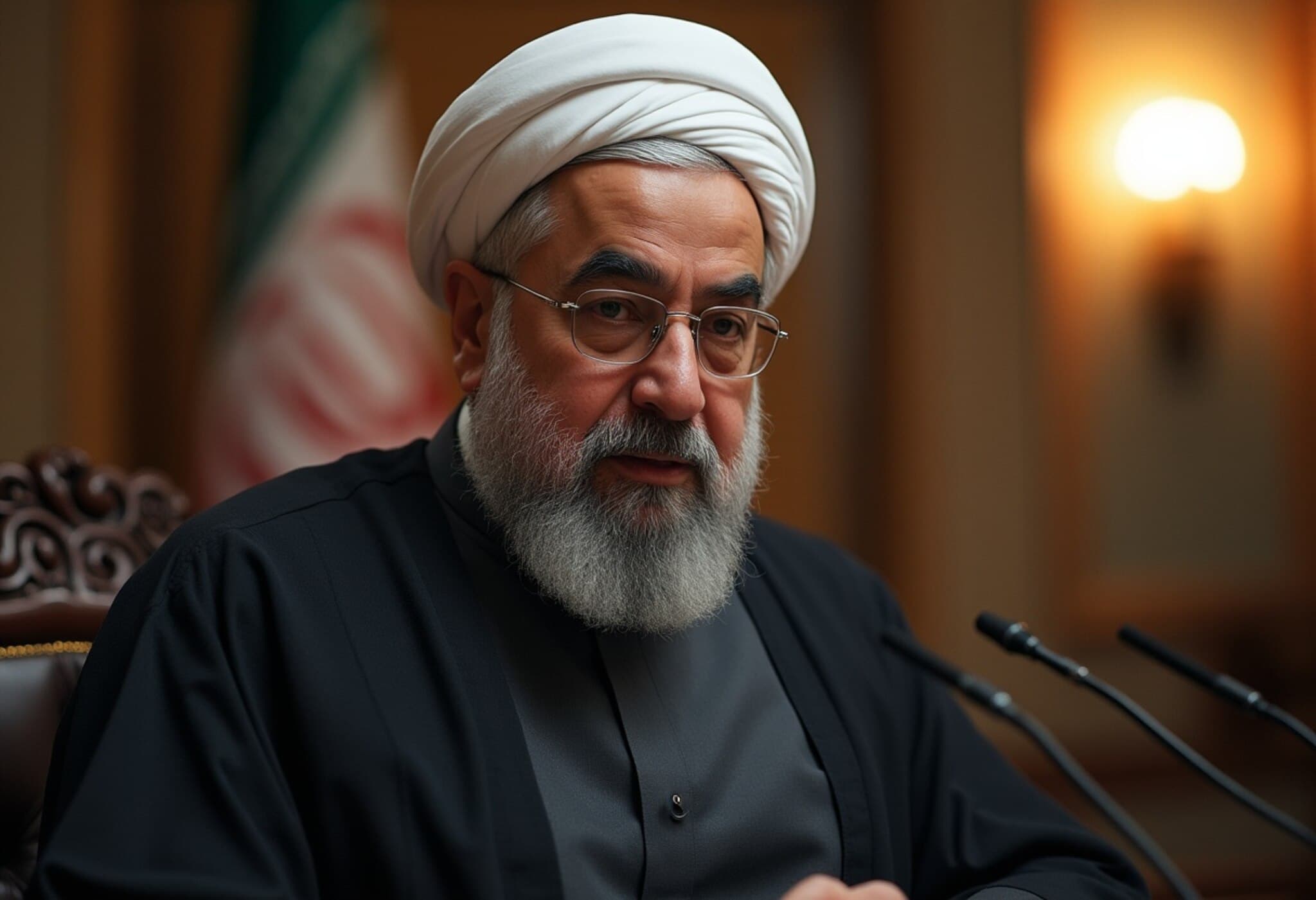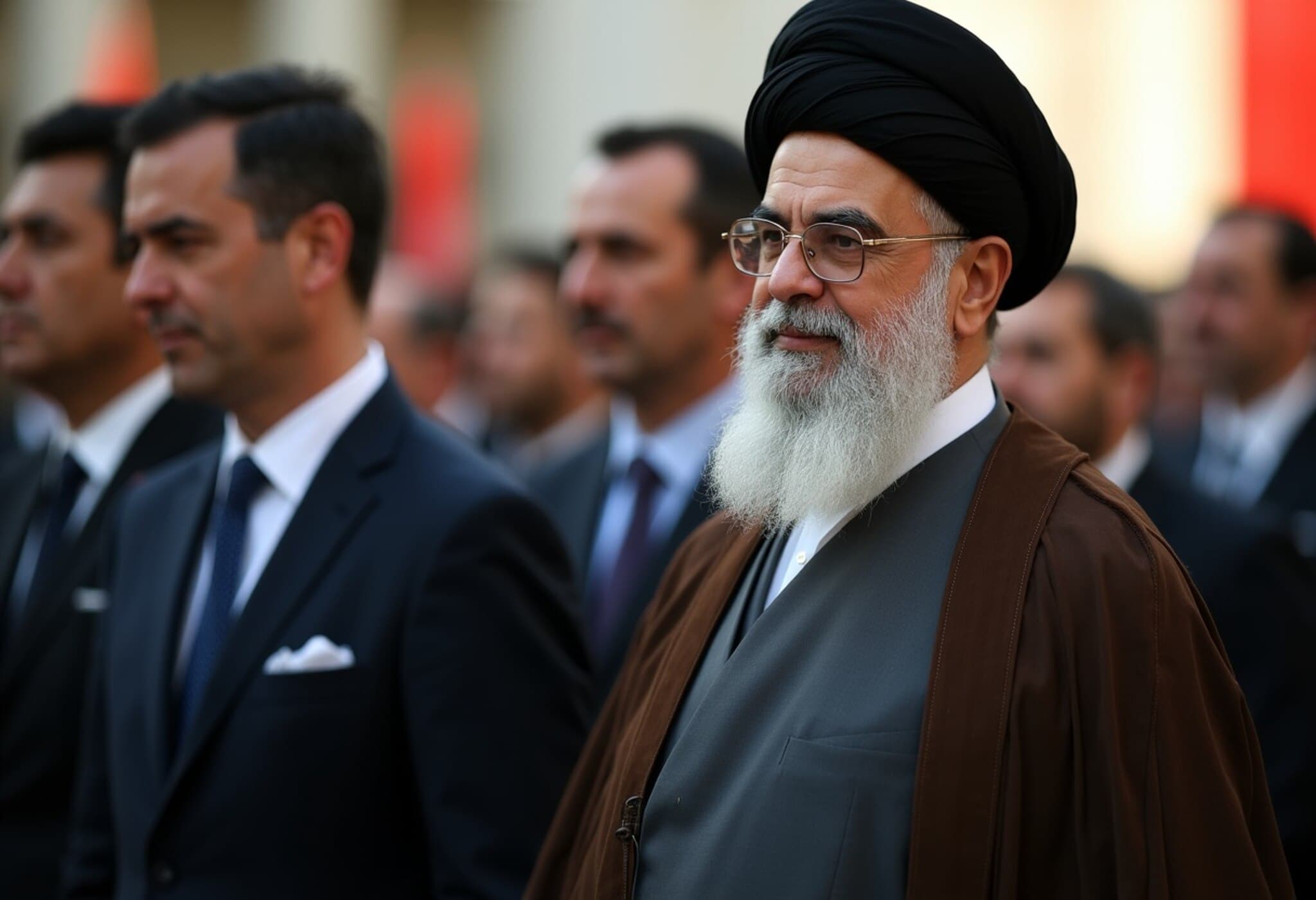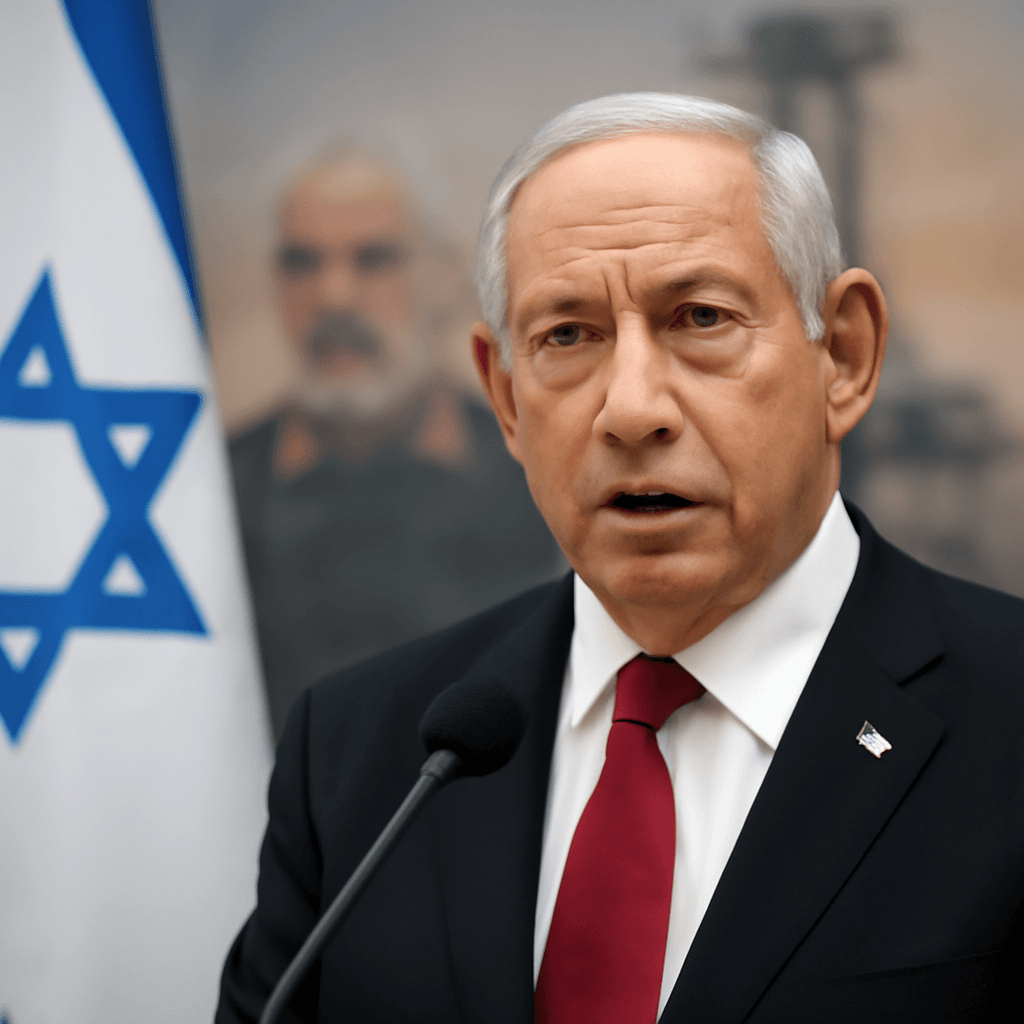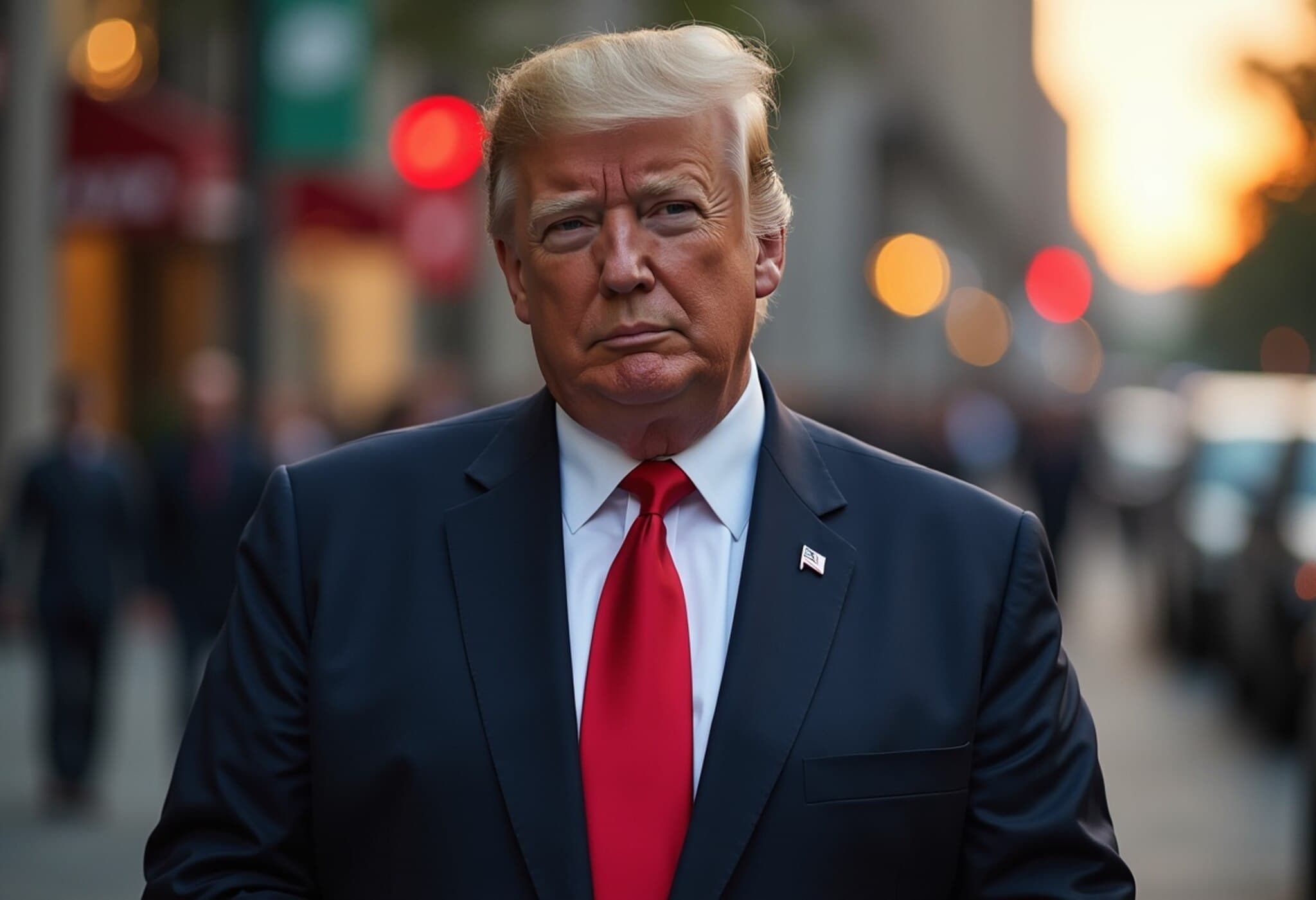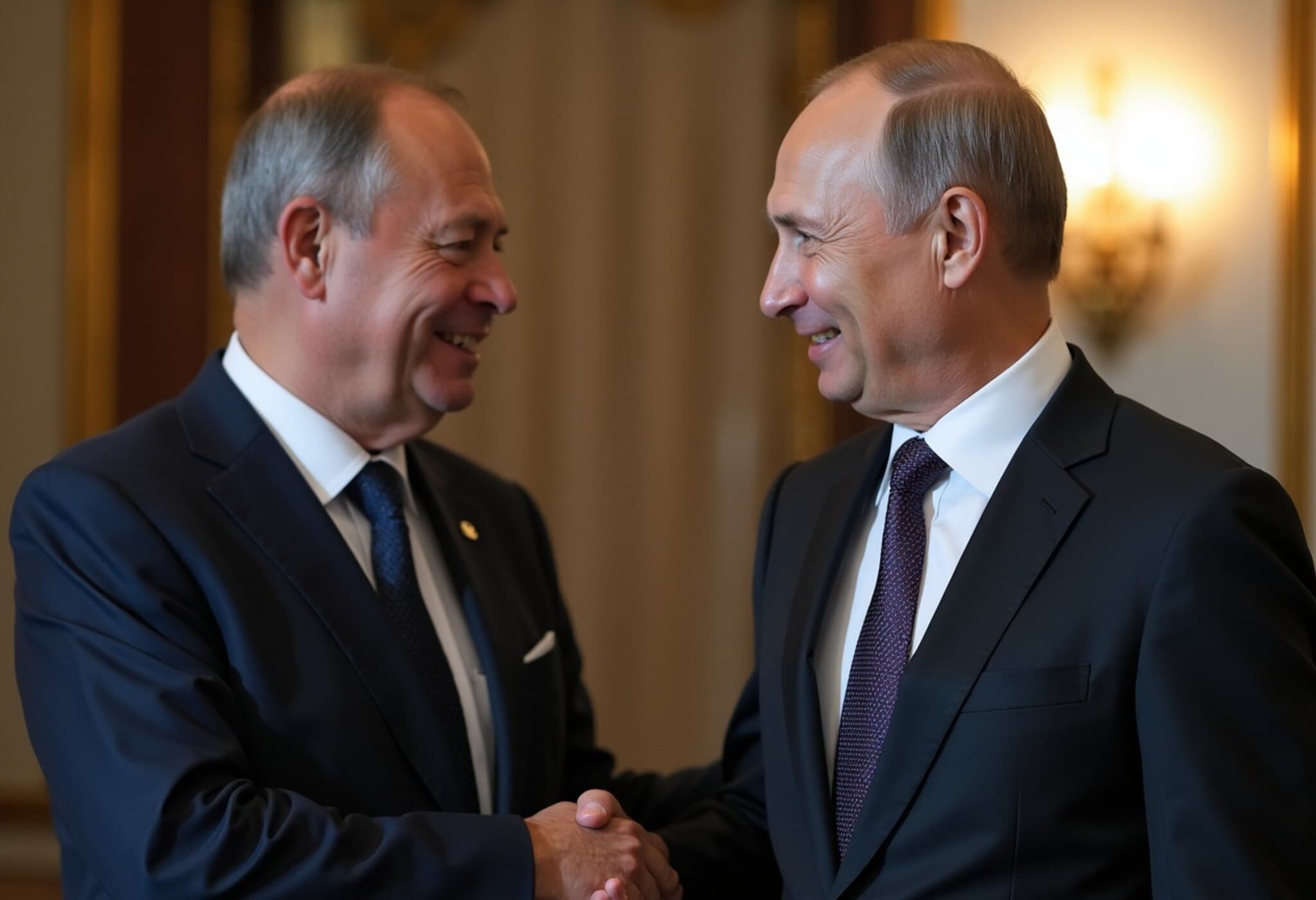US Joins Israel in Conflict Against Iran, Posing Grave Challenge to Khamenei’s Regime
As the United States steps into the fray alongside Israel in its conflict against Iran, Supreme Leader Ayatollah Ali Khamenei finds himself confronting an unprecedented existential crisis. Once driven by ambitions to export the Islamic Revolution globally and dismantle Israel, Khamenei’s current predicament is stark — his regime’s survival hangs by a thread.
The Shadows of a Revolution Now Threatened
Back in the 1970s, Ayatollah Ruhollah Khomeini vowed to spread the cry "there is no God but Allah" worldwide and to oppose Israel relentlessly. The Islamic Republic, established in 1979 under Khomeini’s vision, set its sights on overthrowing Israel and exporting its revolutionary ideals. Today, under Khamenei’s leadership since 1989, those grand ambitions have been replaced by a desperate struggle to maintain power amid escalating military and geopolitical pressures.
Iran’s Vulnerability Exposed
Recent military strikes have inflicted significant damage on Iran’s air defenses, missile launchers, and strategic weapon storage sites, severely undermining its nuclear program and military capabilities. These blows have weakened the Iranian regime’s key leverage in the region.
Iran’s influence traditionally drew strength not only from its military but also from its network of proxy groups — the so-called 'Axis of Resistance,' which includes Hamas, Hezbollah, and the Houthis. However, the sustained offensive has left these proxies battered and largely incapacitated, stripping Iran of critical regional support.
Confronting a Multi-Front War
Khamenei now faces a war that is no longer confined to clashes with Israel. The United States’ involvement has elevated the conflict to a broader international dimension, intensifying fears of an outright regime collapse.
Unlike previous conflicts in Iraq, Afghanistan, or Syria, there is no immediate ground invasion or organized domestic opposition receiving external military support. This unique situation complicates predictions about Iran’s political future.
The Fragile Future of Iran’s Leadership
Despite this, the threat of regime change is palpable. Public resentment toward the conservative, authoritarian leadership surged visibly during nationwide protests in 2022-23, triggered by the brutal killing of a young woman by morality police over hijab laws. These protests reflect deep-rooted dissatisfaction that external pressures could exacerbate.
Yet, the internal dynamics are complex. Some Iranians perceive the Israeli offensive as a direct assault on their nation rather than the regime alone, which could spark a "rally-around-the-flag" effect, temporarily consolidating support for Khamenei's government.
A Narrow Path for Khamenei
Faced with overwhelming external pressure, Khamenei’s options are grim:
- Disarm on the nuclear front: Relinquishing Iran’s nuclear program would mean losing the regime’s last bargaining chip, risking a fate similar to Libya’s Gaddafi, who was eventually ousted despite giving up weapons of mass destruction.
- Escalate conflict: Continuing nuclear development risks dragging Iran deeper into war, facing relentless bombardments that could turn large parts of the country into a wasteland.
Either scenario threatens the regime’s legitimacy and Khamenei’s grip on power.
Israel’s Strategic Gains and Continuing Objectives
Israel’s recent military campaign, dubbed "Operation Rising Lion," aims not only to curb Iran’s nuclear ambitions but also to degrade its regime’s stability. By targeting Iran’s core rather than just proxy groups, Israel seeks to strike at the heart of the Islamic Republic’s power.
The operation has yielded several notable outcomes:
- The US’s active involvement and assaults on Iran’s underground nuclear facilities.
- A significant setback to Iran’s nuclear program, setting back its progress by years.
- The possibility of pushing Iran to negotiate from a weakened position.
- A potential spark for internal unrest leading to regime change.
Thus far, the first two outcomes have materialized, the third remains uncertain, and the fourth depends heavily on evolving internal dynamics within Iran.
The Uncertain Road Ahead
The conflict has transformed from a proxy war into a direct confrontation targeting Iran itself. While concerns loom over chaotic consequences should the regime collapse, Israel perseveres in its existential struggle against Tehran’s influence.
Ultimately, the future of Ayatollah Khamenei’s regime hangs in the balance, shaped by a volatile mix of external military pressure and internal political fault lines. Whether through negotiated compromise, total war, or incremental shifts in leadership, Iran stands at a pivotal crossroads.

